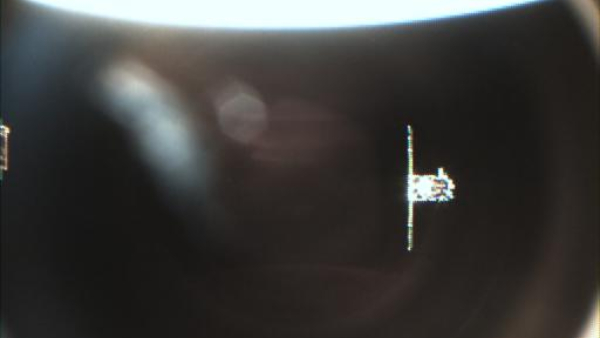A major advancement towards Indo’s space mission was made in the recent test in which two satellites approached the proximity of three meters. The ISRO stated that the satellites SDX01 (Chaser) and SDX02 (Target) were moved later to a safer range for further experiment before going for the actual exercise.
This heavy metal capture mission is part of the Space Docking Experiment (SpaDeX), in which the satellites approach for a shake-hand by oscillating backwards and forwards. It is being brought into operation using the Bhartiya Docking System, which has been developed indigenously to display India’s progress in the field of space-technology.
SpaDeX Docking Update:
SpaDeX satellites holding position at 15m, capturing stunning photos and videos of each other! 🛰️🛰️
#SPADEX #ISRO pic.twitter.com/RICiEVP6qB
— ISRO (@isro) January 12, 2025
SpaDeX’s mission was to be deployed on December 30 using the PSLV C60 rocket with the satellites put in a 475-kilometer circular orbit. This trial provides the testing ground for India to become the fourth country to achieve this feat as we look forward to future missions such as Bharatiya Antariksh Station and Chandrayaan 4.
ISRO has rescheduled this historic docking twice claiming that the procedure is tremendously challenging. ISRO Chief Dr. S. Somnath said that in this kind of mission there are a number of problems; that all systems, sensors and algorithm used in the Orbiter have to be tested to the maximum before one can send commands to make this Orbiter to dock itself.
After the connection, the two satellites will become a single body of equipment where electrical power will be transferred between the satellites. Thus, the mission can only be considered successful only when the satellites have been undocked and are back on their own program.
The trial has elicited massive curiosity as India ensures it step up its quest for space and marking its place among the world’s greatest space powers. The successful completion of SpaDeX will be the major step, which will open the door for complex future missions and improve the existing technology standards in India.
